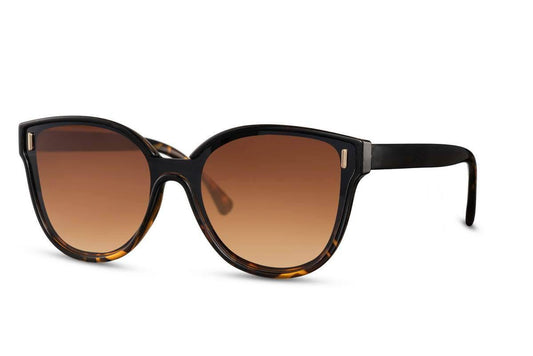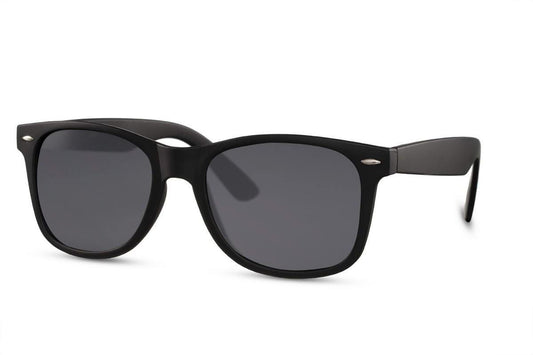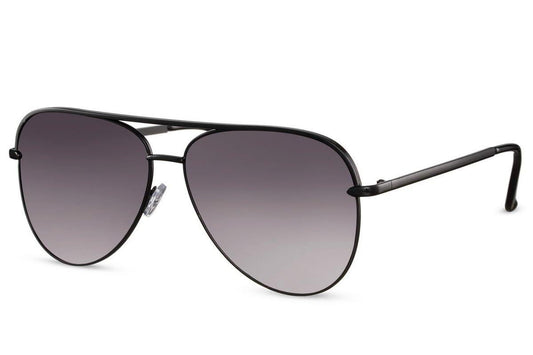
How do you know if sunglasses are polarized?
Share
Polarized Sunglasses – What You Need to Know
When choosing sunglasses, it's important to make sure they are polarized. Polarized lenses reduce glare, increase contrast, and protect your eyes by filtering out horizontal light rays. This provides sharper, more comfortable vision in conditions like driving, water sports, or outdoor activities.
How to Identify Polarized Sunglasses
Some sunglasses have a mark or symbol that indicates polarization. Many manufacturers place a recognizable icon on the frame or inside of the lens. If there are no visible marks, you can test the sunglasses in front of an LCD screen (such as your mobile phone or laptop). Hold the sunglasses in front of the screen and rotate them slowly. If the screen's image strength changes significantly, the sunglasses are likely polarized.
It is also common for polarized sunglasses to have a deeper tint, as the polarizing film can affect the color. However, color alone is not conclusive evidence of polarization. Therefore, a combination of labeling and the LCD test provides the most reliable identification.
Benefits of Polarized Sunglasses
By choosing polarized sunglasses, you protect your eyes better and achieve more comfortable vision in bright light. They also provide a modern design and increase your visual comfort in varying lighting conditions.
Typical Questions
• How do polarized lenses work?
– They block horizontal light waves, which reduces glare and improves contrast.
• How do I test if my sunglasses are polarized?
– Hold them in front of an LCD screen and rotate them while observing changes in the brightness of the screen.
• Is the color of the lenses a sign of polarization?
– A deeper hue may indicate polarization, but is not conclusive evidence without the correct testing methods.
• Can polarized sunglasses dim necessary warning lights?
– No, they reduce glare without obscuring important details, ensuring you still perceive necessary visual information.





